-

A Higher Production Capacity, A New Journey!
A new year brings new hopes and leads a new journey with new dreams. Chongqing Fangtong has also ushered in new changes. Through the unremitting efforts of all employees, the new workshops will be put into use soon. The new workshops integrate the advantages of Fangtong animal drug production t...Read more -
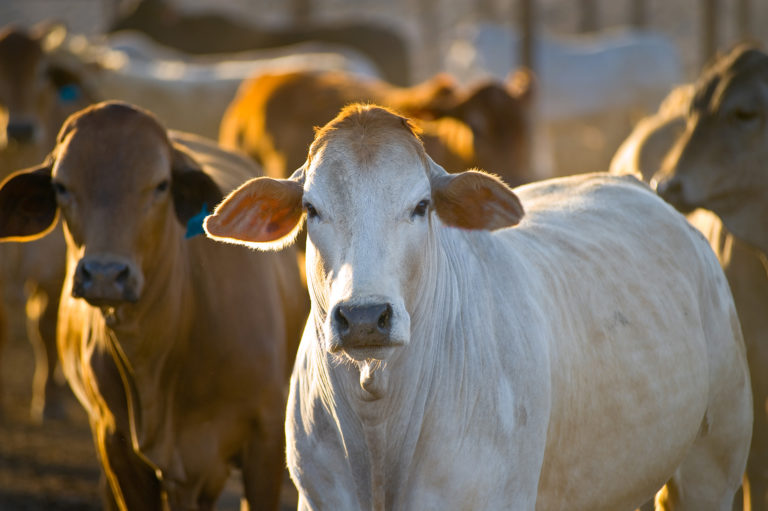
Tracking transboundary and emerging diseases
New project to use next-generation sequencing for faster bovine disease detection Transboundary and emerging diseases are constant threats to the livestock industry. Even as biosafety measures have evolved, there is always the lingering threat of highly contagious or newly discovered diseases imp...Read more -
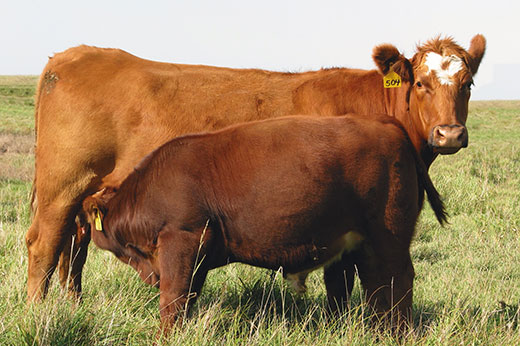
Targeting optimum cow size
Genetics, feed resources and calf marketing windows are just some of the influencing factors that determine the optimum size for cows to grow, according to the Kansas State University Beef Cattle Institute’s team of experts. Defining the optimum cow size was a discussion topic on the recent BCI C...Read more -
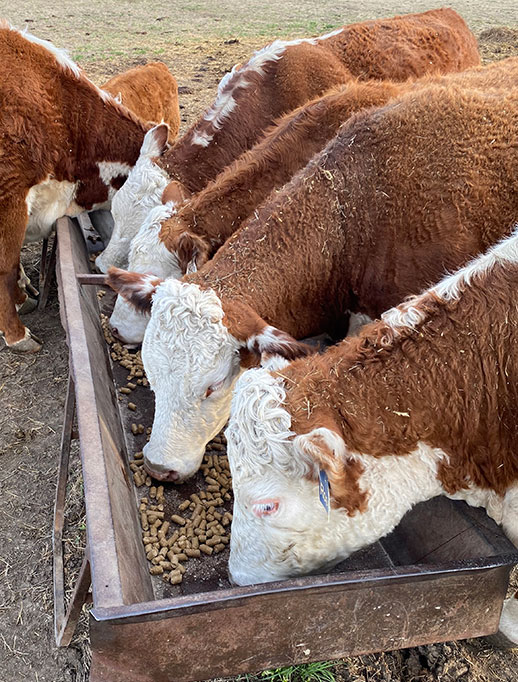
Spring grazing management for beef cattle
Beef cattle grazing on lush, green pastures is a common sight when driving through the Kansas Flint Hills in the late spring. Experts from Kansas State University’s Beef Cattle Institute discussed steps for managing the spring grazing season recently on the weekly podcast Cattle Chat. K-State bee...Read more -
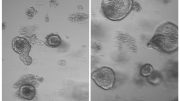
Scientists solve the grass leaf conundrum
Grass is cut regularly by our mowers and grazed on by cows and sheep, yet continues to grow back. The secret to its remarkable regenerative powers lies in part in the shape of its leaves, but how that shape arises has been a topic of longstanding debate. The debate is relevant to our staple crops...Read more -
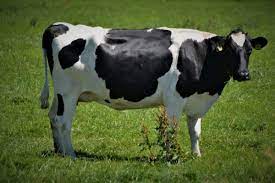
Researchers Find Toxin from Maple Tree in Cow’s Milk
Cows can pass on the hypoglycin A toxin through their milk, a study by the Martin Luther University Halle-Wittenberg (MLU) and the Leibniz Institute of Plant Biochemistry (IPB) in Toxins shows. The substance can cause severe symptoms in humans and animals. Small amounts of the toxin were detected...Read more -
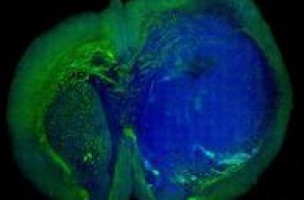
Parallels in human, dog oral tumors could speed new therapies
Recent Cornell research compared the genetic expression profiles of a nonlethal canine tumor and the rare, devastating human oral tumor it resembles, laying the groundwork for potential translational medicine down the road. While canine acanthomatous ameloblastoma (CAA) is common and nonlethal, i...Read more -
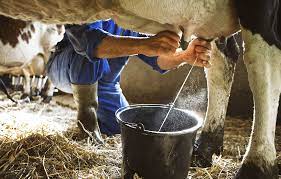
Guidelines may promote over-diagnosis of cow’s milk allergy in infants, study finds
International guidelines developed to help doctors diagnose cow’s milk allergy may lead to over-diagnosis, according to University of Bristol-led research published in the journal Clinical and Experimental Allergy today [8 December]. The study found that three-quarters of infants have two o...Read more -
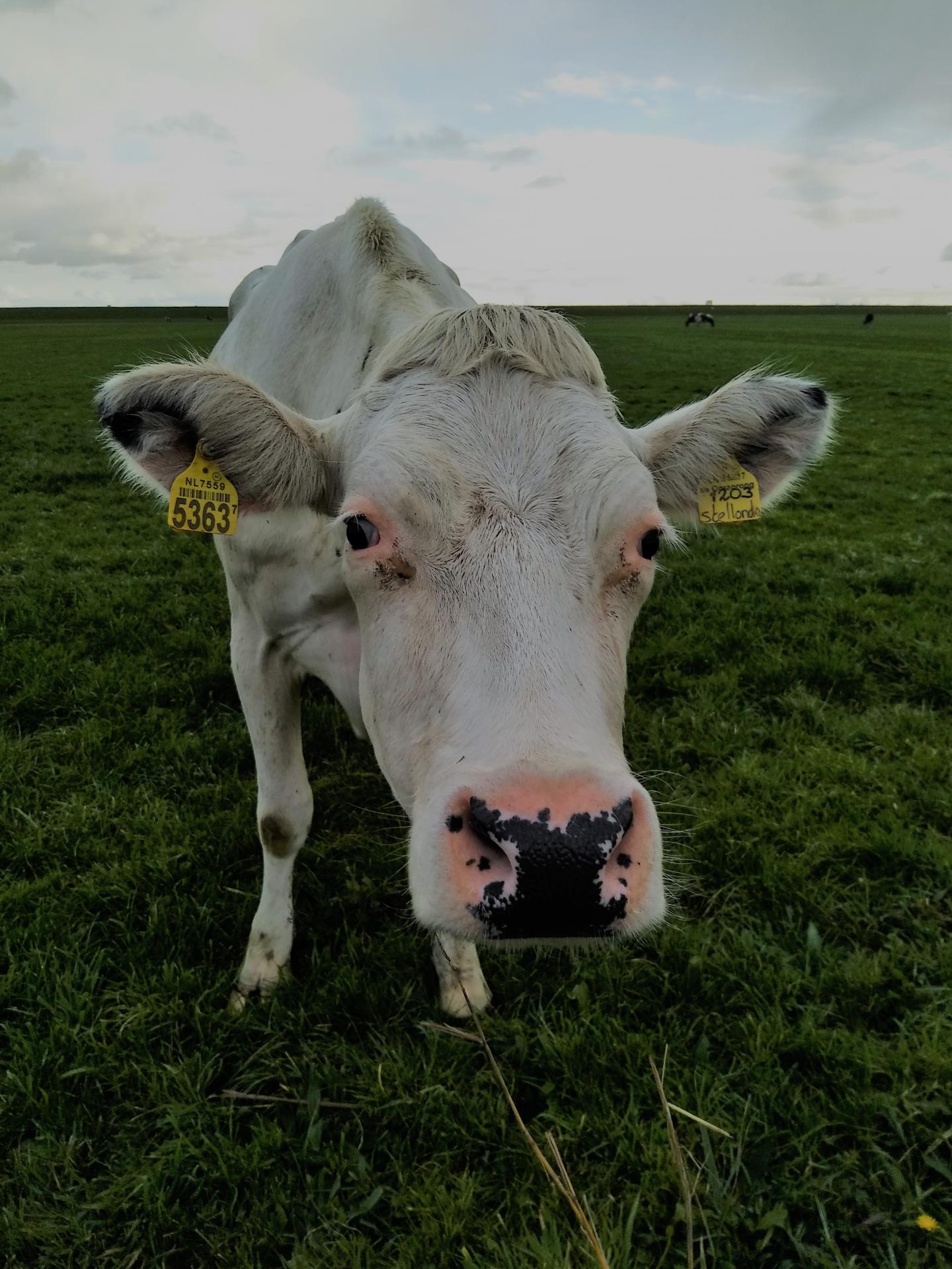
Grazing management of salt marshes contributes to coastal defense
Combining natural salt marsh habitats with conventional dikes may provide a more sustainable and cost-effective alternative for fully engineered flood protection. Researchers of the University of Groningen (UG) and the Royal Netherlands Institute for Sea Research (NIOZ) studied how salt marsh nat...Read more -
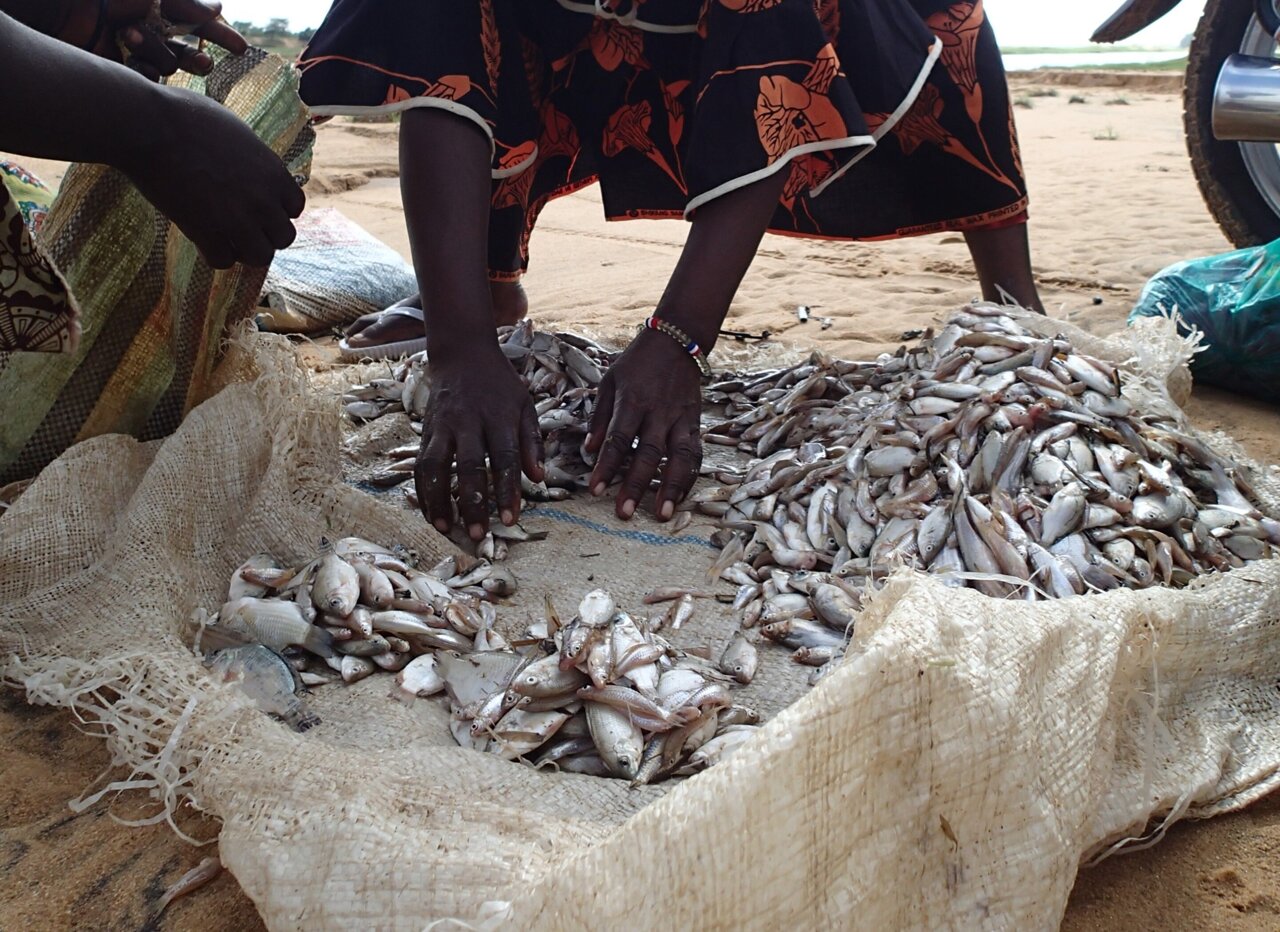
Debilitating human parasite transmitted via dogs eating fish
Efforts to eradicate a human parasitic disease are being hampered by dogs eating infected fish, new research shows. Guinea worm disease is usually caught by drinking water containing water fleas that carry the parasite larvae. The worms mate and grow inside the body, and after 10-14 months the on...Read more -

Common household noises may be stressing your dog
Researchers at the University of California, Davis, have found that people may not recognize that their dog is stressed when exposed to common household noises. While it’s well-established that sudden loud noises, such as fireworks or thunderstorms, commonly trigger a dog’s anxiety, a...Read more -
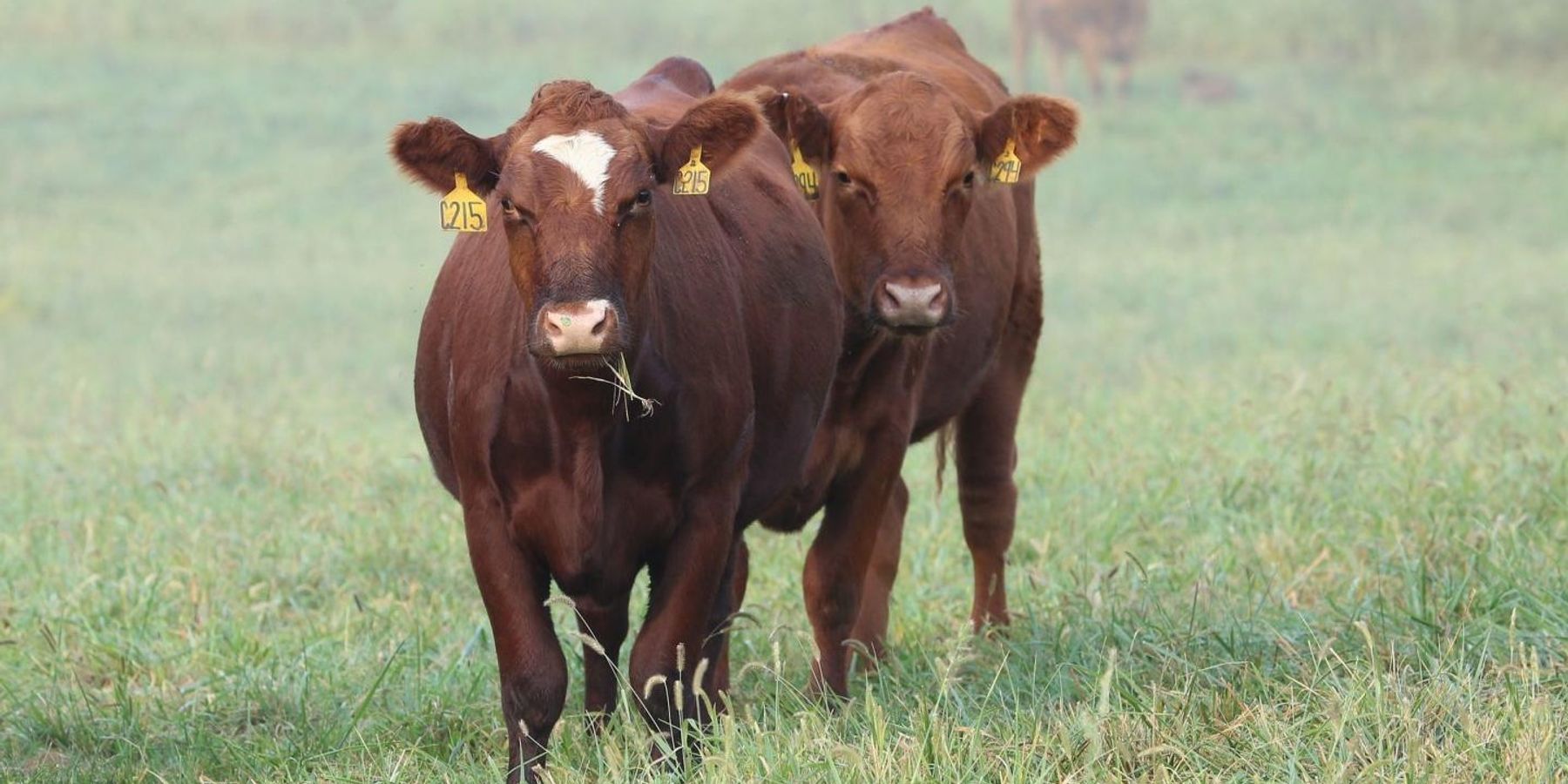
Cattle losing adaptations to environment
As a fourth-generation cattle farmer, Jared Decker knows that cattle suffer from health and productivity issues when they are taken from one environment — which the herd has spent generations adapting to — to a place with a different climate, a different elevation or even different gr...Read more -
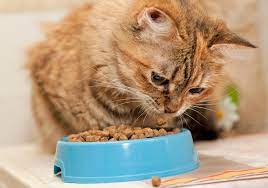
Cats prefer to get free meals rather than work for them
When given the choice between a free meal and performing a task for a meal, cats would prefer the meal that doesn’t require much effort. While that might not come as a surprise to some cat lovers, it does to cat behaviorists. Most animals prefer to work for their food — a behavior cal...Read more -
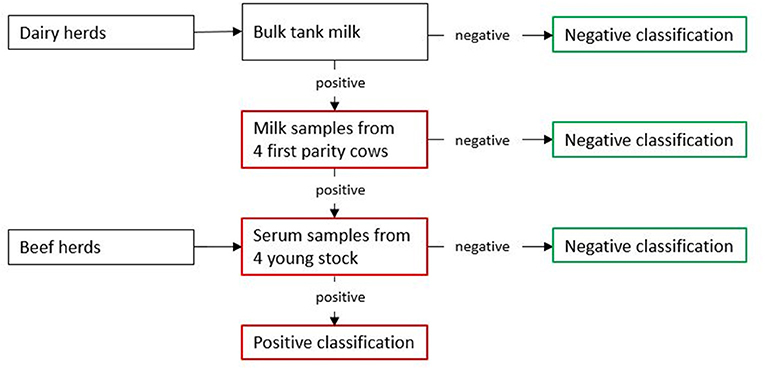
Using Biosecurity Measures to Combat Respiratory Disease in Cattle: The Norwegian Control Program for Bovine Respiratory Syncytial Virus and Bovine Coronavirus
Bovine respiratory disease (BRD) cause important health problems in all cattle husbandry systems. It contributes substantially to the use of antimicrobial substances and compromises animal welfare and the sustainability of the cattle industry. The existing preventive measures of BRD focus at the ...Read more -
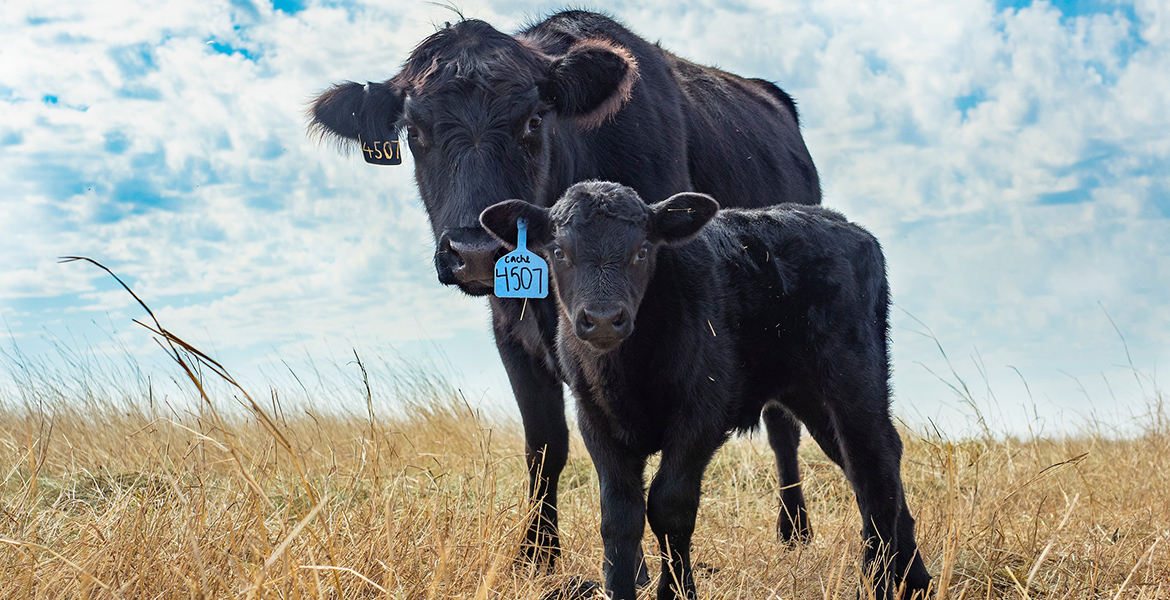
Remember proper injection sites when working calves
Many cow-calf operators are in the process of or getting ready to castrate male calves, immunize every calf against blackleg and respiratory diseases, and in some situations, booster yearlings. Correct administration of any injection is a critical control point in beef production and anima...Read more -
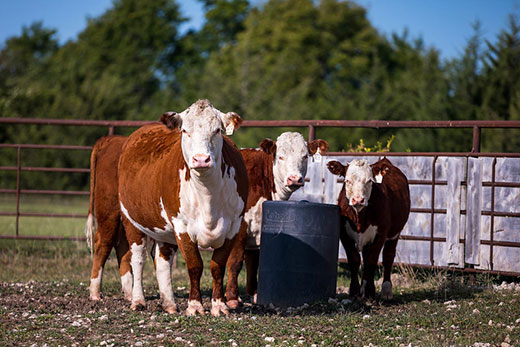
Caring for first-calf heifers and calves
When looking at annual cow costs and doing an economic analysis, three categories tend to make up the largest percentage of total costs: feed, labor/equipment and cow depreciation. Other expenses occur, such as breeding expense and veterinary costs, but they tend to be significantly less than the...Read more -
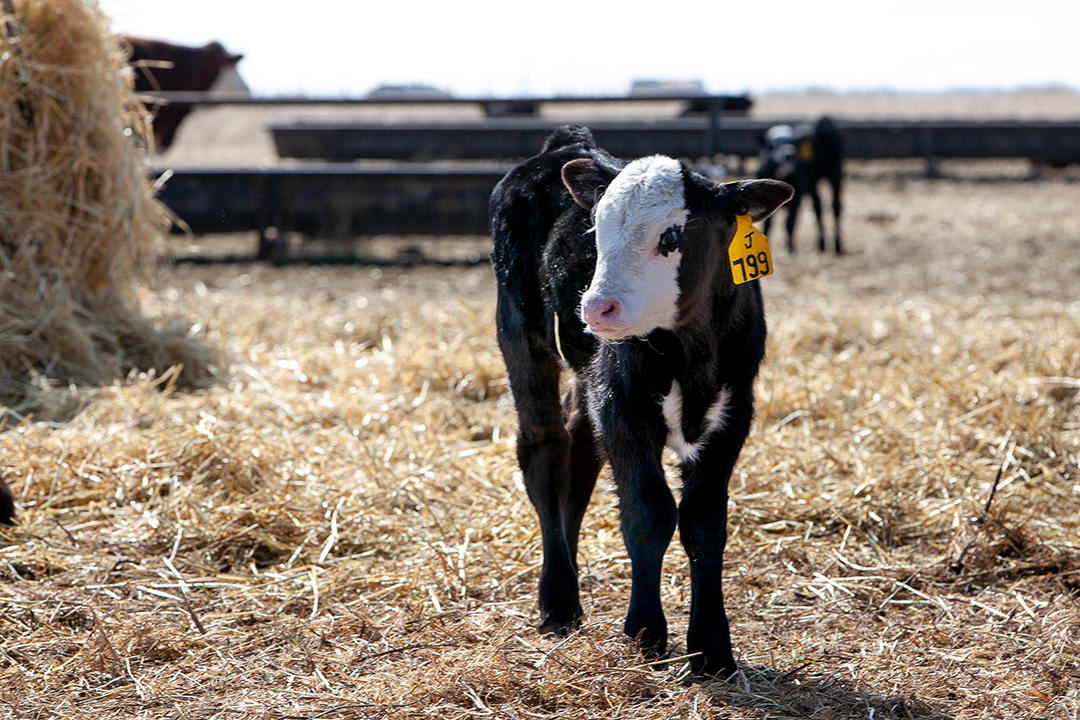
Reducing calves’ castration pain drives research
Reducing or mitigating the pain of castration for male beef calves is one of the main animal welfare concerns in the beef cattle industry today. Canada’s national codes of practice for the care and handling of both beef and dairy cattle recommend that male calves be castrated within the first few...Read more -
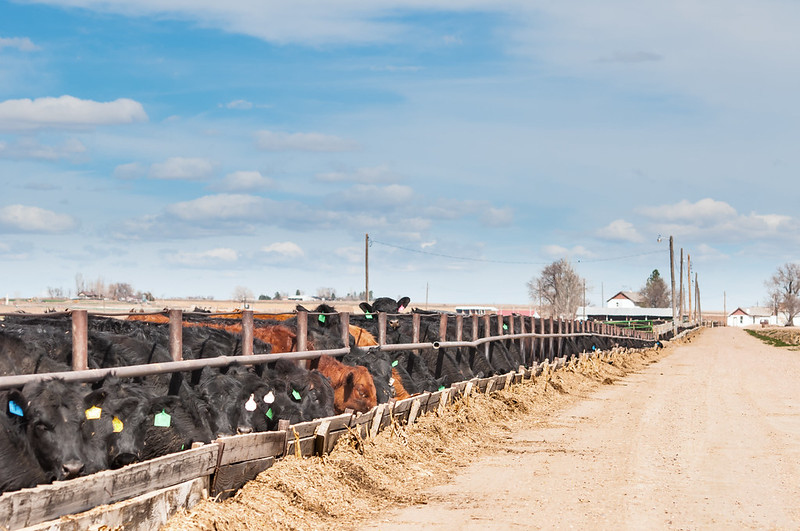
Liver disease impacts feedlot bottom line
If more than 20% of an animal’s liver is affected by abscesses, the feedlot’s bottom line will be impacted A recent project out of south-east Queensland has provided new insight for feeders on the impact of liver defects, particularly on carcass characteristics, and the health and performance of ...Read more -
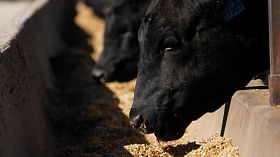
How liver disease is impacting feedlots’ bottom line
A recent project out of south-east Queensland has provided lot feeders with a range of insights into the effect of liver defects on carcase characteristics, performance and health of feedlot cattle. As part of the MLA-funded study led by Associate Professor Rachel Allavena from the University of ...Read more -

Professor Yao Wen of Business School of Southwest University and his delegation visited Fangtong
In order to further understand the needs of enterprises for the professional quality and professional ability of marketing, international economy and trade talents, Yao Wen, member of the Discipline Inspection Commission and director of the Department of International Trade & Marketing of the...Read more -
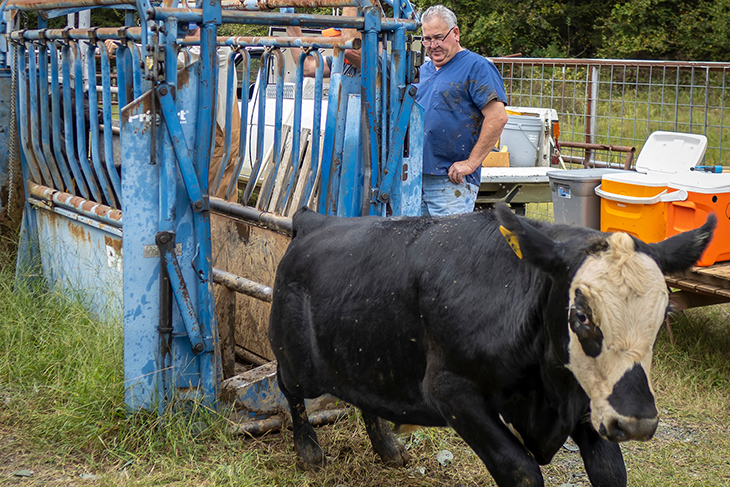
Herd health programs support healthy cattle markets
Cow-calf producers have embraced management strategies that make their livestock a better value to the rest of the U.S. beef cattle industry, but Bovine Respiratory Disease continues to be an area where improvement is needed. “Better BRD control is going to require an industry-wide effort that fo...Read more -
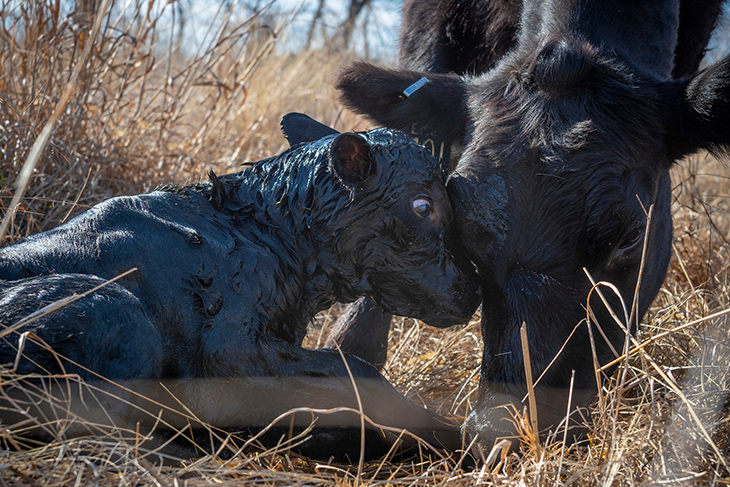
Have colostrum supplies on hand at start of calving season
Cow-calf operators who have not already stored several doses of colostrum or colostrum replacer should do so before the start of spring-calving season, said Barry Whitworth, Oklahoma State University Extension veterinarian and food animal quality and health specialist. “Calves born after a diffic...Read more -
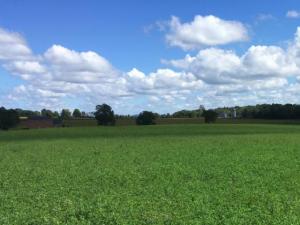
Fall Forage Management Tips
Fall is a great time to take care of some very important aspects for managing forage hay fields and pastures. Below is a list of things that when done in the fall can help avoid big headaches this winter and next spring or even next summer. One of the most important things to do now is to...Read more -
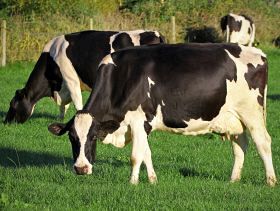
Dairy markets teetering, Rabobank
Dairy markets are teetering at levels not seen since 2014 Weather-related issues decimated Oceania’s peak production, and margin erosion in the US and Europe stymied growth, resulting in a year-on-year deficit that was too deep for favourable milk production gains in South America to offset, repo...Read more

